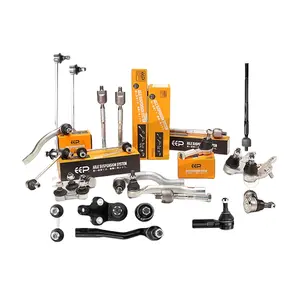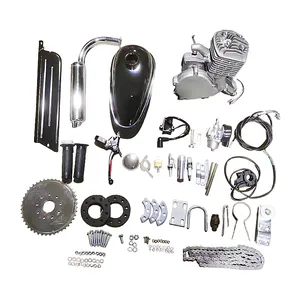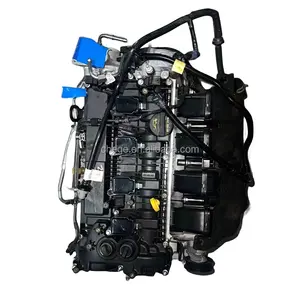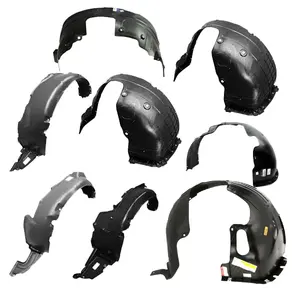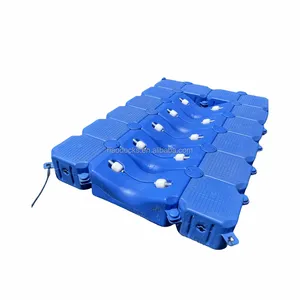Popular in your industry





























































Top categories
About japanese motorcycle helmet
What is Japanese Motorcycle Helmet Technology
Japanese motorcycle helmets are not just protective headgear for riders; they represent a sophisticated blend of innovative technology and design aimed at enhancing the safety and comfort of motorcyclists. These helmets are meticulously engineered to mitigate the impact of collisions and provide a barrier against severe head trauma during motorcycle accidents. They are designed for a wide range of users, from professional racers seeking high-performance gear to everyday riders looking for reliable protection on the road.
The core principle behind Japanese motorcycle helmets is to protect the rider's head in the event of an accident. This is achieved by incorporating a hard outer shell, an impact-absorbing liner, and a retention system that secures the helmet to the rider's head. The outer shell is typically made from materials such as polycarbonate or advanced fibers, providing a sturdy first line of defense. Inside the helmet, manufacturers utilize various materials such as expanded polystyrene (EPS) to absorb and dissipate impact forces.
Advanced features like aerodynamics, ventilation systems, and even smart technology add to the overall functionality of these helmets. They work by integrating streamlined designs that minimize wind resistance and including vents that help maintain airflow to keep the rider cool. The retention system, often made from reinforced straps or even carbon fiber, ensures that the helmet stays in place during the rapid deceleration of a crash. With a focus on safety and ergonomics, Japanese motorcycle helmets are at the forefront of protective headgear technology.
Types of Japanese Motorcycle Helmet Technology
Japanese motorcycle helmets come in several types, each tailored to meet specific needs and preferences:
-
Full-Face Helmets: These helmets provide all-around protection with a snug fit around the entire head. They are favored for their comfort and safety features, making them suitable for both casual riders and those engaged in competitive racing.
-
Open-Face Helmets: Offering less coverage than full-face helmets, open-face helmets are lighter and provide better ventilation. They are often preferred for use in urban environments where space is at a premium and protection is secondary to comfort and convenience.
-
Off-Road Helmets: Designed for use on unpaved roads and uneven terrains, these helmets typically feature a sun visor and increased ventilation. They are durable to withstand the rigors of off-road riding while still providing adequate protection.
-
Modular Helmets: These versatile helmets combine the protection of a full-face design with the convenience of an open-face helmet. They have a hinged chin bar that can be flipped up when needed and down for full coverage.
-
High-Visibility Helmets: Made with bright colors and reflective materials to ensure that the rider can be easily seen on the road. These are particularly important for safety in low-light conditions or on busy roads.
How to choose Japanese Motorcycle Helmet Technology
Choosing the right Japanese motorcycle helmet technology is crucial for ensuring safety and satisfaction for users. When selecting a helmet for business purposes, especially within a B2B context where bulk purchasing is common, several factors should be taken into account.
Firstly, understanding the application is essential; different types of helmets cater to varying needs. For instance, if your clientele is focused on off-road or motocross racing, then full-face helmets with extended visors and chin bars are most suitable due to the high level of protection they offer. On the other hand, if your target market is urban or street riders, open-face helmets might be more popular due to their convenience and airflow.
Material choice also plays a significant role in helmet selection. Options such as polycarbonate (PC) offer a good balance between cost-effectiveness and impact resistance. Carbon fiber or fiberglass helmets may be more expensive but provide a lighter and potentially stronger shell, which can be attractive to businesses looking for premium offerings or lightweight designs.
Additionally, considering features such as high-impact resistance and lightweight construction within a full-face helmet’s shell will help businesses align their offerings with customer demands for safety gear. Portability might be a factor for businesses catering to customers who value convenience along with safety.
Lastly, understanding that quality assurance is paramount in B2B transactions will guide businesses in stocking up on reliable products. Ensuring that suppliers adhere to safety standards and offering products that have been tested will help build trust with resellers and end-users alike.
About Japanese Motorcycle Helmet Technology on Alibaba.com
Alibaba.com stands out as an exceptional marketplace for sourcing Japanese motorcycle helmets due to its vast selection of products catering to a wide array of preferences and requirements. With an extensive network of suppliers offering various helmet types from full-face to open-face designs, customers can find options that align with their specific needs without compromising on safety or style.
Japanese motorcycle helmets available on Alibaba.com leverage advanced materials like carbon fiber and multi-layered shells to provide unparalleled protection while ensuring comfort and convenience. The platform's commitment to facilitating global trade is evident through its user-friendly interface that supports local languages and mobile accessibility — streamlining the buying process no matter where you are.
Moreover, services like Trade Assurance provide an added layer of security by protecting payments until delivery is confirmed complete. This dedication to quality assurance makes Alibaba.com an ideal destination for businesses looking to procure reliable Japanese motorcycle helmets that meet both functional requirements and aesthetic preferences in an international market.
Common FAQs for Japanese Motorcycle Helmet Technology
What is Japanese Motorcycle Helmet Technology?
Japanese Motorcycle Helmet Technology is a range of advanced safety components and systems integrated into motorcycle helmets to offer superior protection and performance, including high impact resistance, lightweight design, and advanced ventilation systems.
Who benefits from using Japanese Motorcycle Helmet Technology?
Riders who seek high-performance, lightweight, and durable helmets with enhanced safety features, as well as those who are involved in competitive racing or off-road activities, can benefit from this technology.
How does Japanese Motorcycle Helmet Technology differ from other helmet safety standards?
Japanese Motorcycle Helmet Technology is specifically designed to cater to the unique safety requirements of motorcycle riding, such as higher shell rigidity, impact absorption, and the prevention of rotational forces from sudden impacts, thus offering a higher level of protection compared to general safety standards.
What materials are commonly used in the production of Japanese Motorcycle Helmets?
Materials such as carbon fiber, fiberglass, polycarbonate, and various aramid composites are commonly used in the production of Japanese Motorcycle Helmets for their exceptional strength-to-weight ratio and impact resistance.
Are there different types of Japanese Motorcycle Helmets for various types of motorcycles?
Yes, there are various types of Japanese Motorcycle Helmets tailored to different riding styles. Full-face helmets offer maximum coverage and protection for sportbike riders, while open-face or half-shell helmets might be preferred by cruiser or touring riders.
Can Japanese Motorcycle Helmets be customized for team branding or colors?
Many suppliers on Alibaba.com offer customization options where businesses can request specific colors, logos, or other design elements to align with their team branding or customer preferences.
What safety certifications should businesses look for when sourcing Japanese Motorcycle Helmets?
Businesses should look for safety certifications that comply with international standards, such as DOT (Department of Transportation), ECE (Economic Community of ECE), or Snell certifications, depending on the market's regulations.
How does the fitting process work for Japanese Motorcycle Helmets?
The fitting process for Japanese Motorcycle Helmets typically involves measuring the head's circumference (often in centimeters) and adjusting the helmet's fitment using adjustable padding or straps.
What is the importance of shell rigidity in Japanese Motorcycle Helmets?
Shell rigidity is crucial in maintaining the structural integrity of a helmet during an impact or collision. It helps distribute forces across the shell while protecting the rider's head from injury.
How can businesses ensure they are purchasing high-quality Japanese Motorcycle Helmets?
Businesses can ensure they are purchasing high-quality helmets by sourcing from reputable suppliers who provide comprehensive product information, including detailed materials lists and compliance with recognized safety standards.
Is it possible to order sample products before making a bulk purchase?
Many suppliers on Alibaba.com offer the option to order sample products before committing to a bulk purchase. This allows businesses to assess the quality and features of the helmets firsthand.
